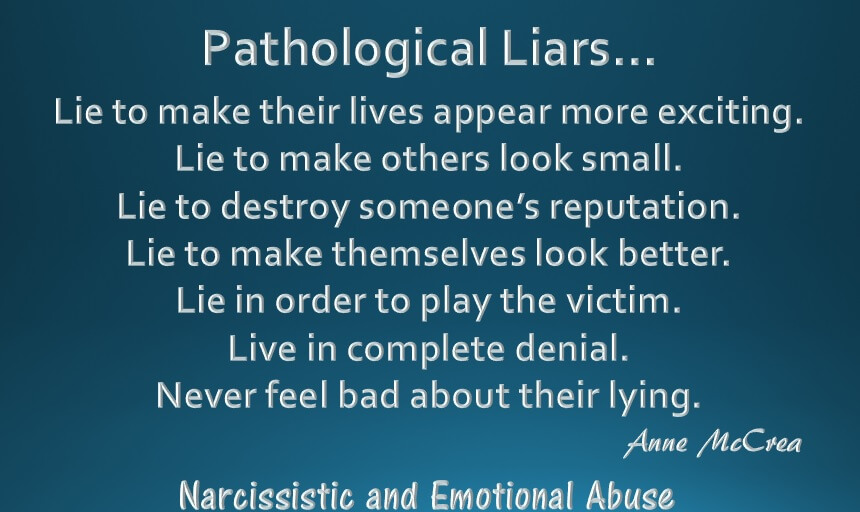

Marty Sulek (2010) begins his examination of the history of the term “philanthropy” with the observation that, “roper definitions are critically important to the analysis and expression of ideas, for meaning assigned to words fundamentally shape and direct the path of discourse” (p. How philanthropy is understood is important because in Canada alone, philanthropy-cast to include all charitable activity-generates nearly $200 billion in revenues (Canada Revenue Agency, personal communication, February, 2011) and millions of hours of volunteer effort.Įugene Miller (2006) states that “clear thinking about philanthropy requires us to define it,” and that “any proper definition … must pay attention to how the term ‘philanthropy’ has been applied in practice” (p. Furthermore, that the behaviours of a person arising from a philanthropic motivation vary widely depending on what definition he or she uses at a particular moment. Alaimo’s project draws attention to something about philanthropy that is always and already present (Gadamer, 1990): that although the word philanthropy has been with us for millennia, what it means is not readily apparent. Many did not know what it was, while others said that it had to do with giving money or time. Sal Alaimo (2012) from the School of Public, Nonprofit, and Health Administration at Grand Valley State University, Michigan has been working on a project to document how Americans-on the street, in nonprofit organizations, and in academia-perceive “philanthropy.” The conversations in the documentary make it clear that philanthropy is an “evolving and largely misunderstood topic” (para 1).

But is this true-is there a clear meaning of philanthropy? More pointedly, what is the contemporary sense of philanthropy? The term “philanthropy” is a common part of conversation in and about the nonprofit sector, as if in using the term all are in agreement as to its meaning. The social consequences that arise when philanthropy becomes narcissism are identified by examining scientific philanthropy and individuals considered “great” philanthropists such as John D. Of topical interest is that the dominant language of the “contract” in the economic universe is the language of a pathological narcissist. To understand their concerns, the article travels back to Thomas Hobbes’ notion of the commonwealth and social contracts. It looks to trace philanthropy by starting at American Romantics Ralph Waldo Emerson and Henry David Thoreau who reacted strongly against the philanthropy of their day. The article draws on the philosophy of Hobbes, psychoanalysis, and hermeneutic theory to raise important questions about the foundational assumptions of philanthropy. Philanthropy is believed to be a social “good.” With contemporary philanthropy being a simple financial transaction between donor and recipient, the ethical values supporting the notion of “good” are gone. Philanthropy is common ground for both the personal beliefs and behaviours of the individual and for social structures such as incorporated charities and nonprofit organizations. Insertech: Fournir des emplois décents, lutter contre le gaspillage, démocratiser la technologie Explore More ArticlesĪbstract: Philanthropy is a social construct that has individual and collective meanings demonstrated through such activities as making donations to philanthropic/ charitable organizations or directly to individuals in need.


 0 kommentar(er)
0 kommentar(er)
